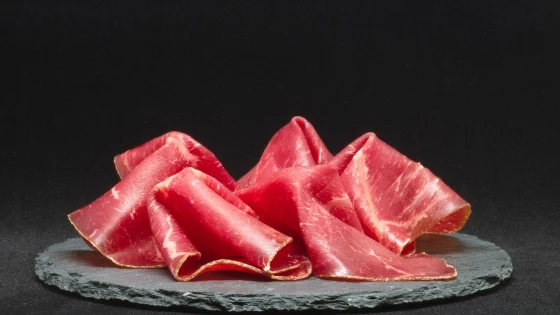How to Cure Meat
How to Cure Meat
Home cured meat is a straightforward technique used to create wonderful cured meats.
Two in every three people, around 621 million in total, have no access to electricity in Africa below the Sahara desert. In the Democratic Republic of the Congo, Liberia, Malawi and Sierra Leone, fewer than one in 10 people have access to electricity. In Nigeria, a global oil-exporting superpower, 93 million people lack electricity. Emerging countries such as Kenya, Tanzania and Uganda each have over 30 million people without electricity. With limited access to reliable electricity, curing meat is an age-old process in Africa.
Steps used to cure meat; the
two most common methods of curing meat are first the brine or sugar cure
process and second the dry-curing process. The dry-curing requires considerable
time to rub and salt the meat at different times while the only attention that
is necessary for brine-curing is to properly prepare and pack the meat in the
vessel and prepare the brine for it.
How to Cure Meat
Preservatives
For curing the meat people usually uses salt, saltpeter, white or
brown sugar or molasses. These are the necessary preservatives. The salt
extracts moisture and acts as a preservative.
The sugar or molasses imparts a nice flavor and has a tendency to
keep the muscle tissue soft in contrast to the salt, which has a tendency to
make it hard and dry. So the salt and sugar have two distinct functions to
perform, the one to harden and preserve, the other to soften and sweeten.
Saltpeter is not absolutely necessary as far as the preserving is
concerned but it helps to hold the red color of the lean meat. If saltpeter is
not used the lean meat will be gray in color. It may possibly be a little
tenderer if the saltpeter is not used as the saltpeter tends to harden the
meat. Chili saltpeter can be substituted in place of saltpeter, if only
four-fifths as much is used.
The sugar brine cure
All formulas for the sugar brine cure are practically the same
varying only a little in the proportions of sugar, salt and saltpeter.
The container should be scalded thoroughly. Sprinkle a layer of
salt over the bottom and over each layer of meat as it is packed in, skin down.
When full, cover meat with boards and weight down with a stone so that all will
be below the brine, which is made as follows:
Weigh out for each 100 pounds of meat, 8 pounds of salt, 2 pounds
of sugar (preferably brown) or 3 pounds of molasses, and 2 ounces of salt
peter. Dissolve all in 4 gallons of water. This should be boiled, and when
thoroughly cooled, cover the meat. Seven days after brine is put on, meat
should be repacked in another barrel in reverse order. The pieces that were on
top should be placed on the bottom. The brine is poured over as before.
This is repeated on the fourteenth and twenty-first days, thus
giving an even cure to all pieces. Bacon should remain in the brine from four
to six weeks, and hams six to eight weeks, depending on the size of the pieces.
When cured, each piece should be scrubbed with tepid water and hung to drain
several days before smoking; no two pieces should come in contact. For all
curing always use dairy salt and not table salt, as the latter contains starch
to keep it dry and this starch may cause the meat to spoil. If you carefully
follow these directions, you will have delicious sugar-cured hams and bacon.
 Since 2007
Since 2007






